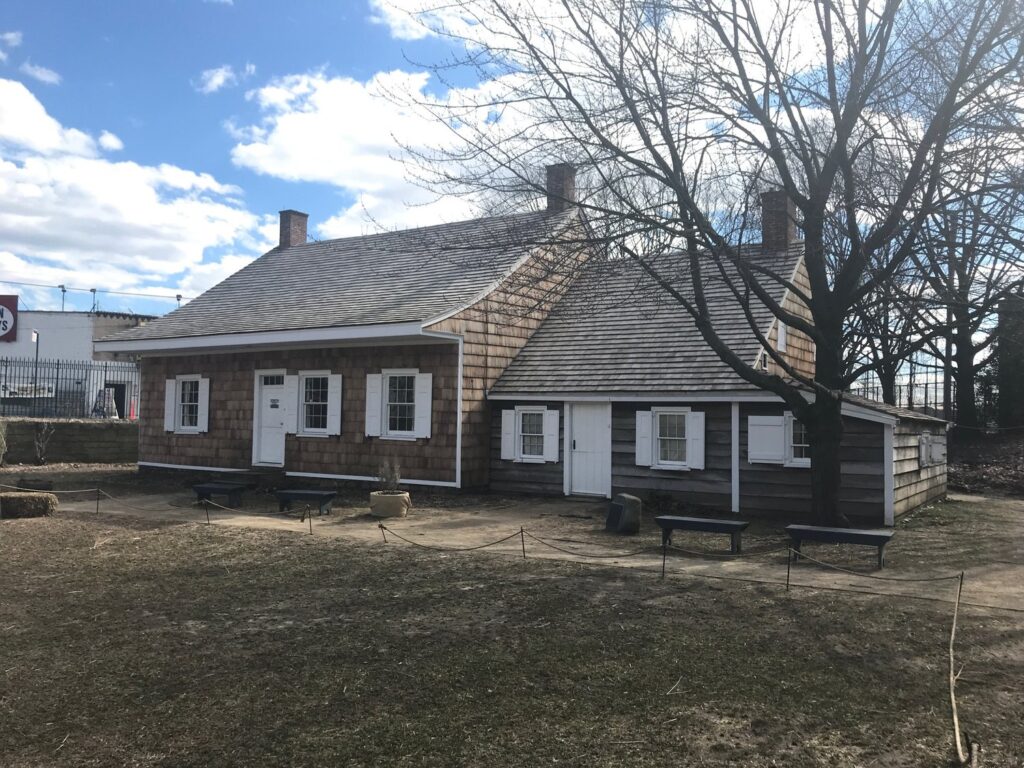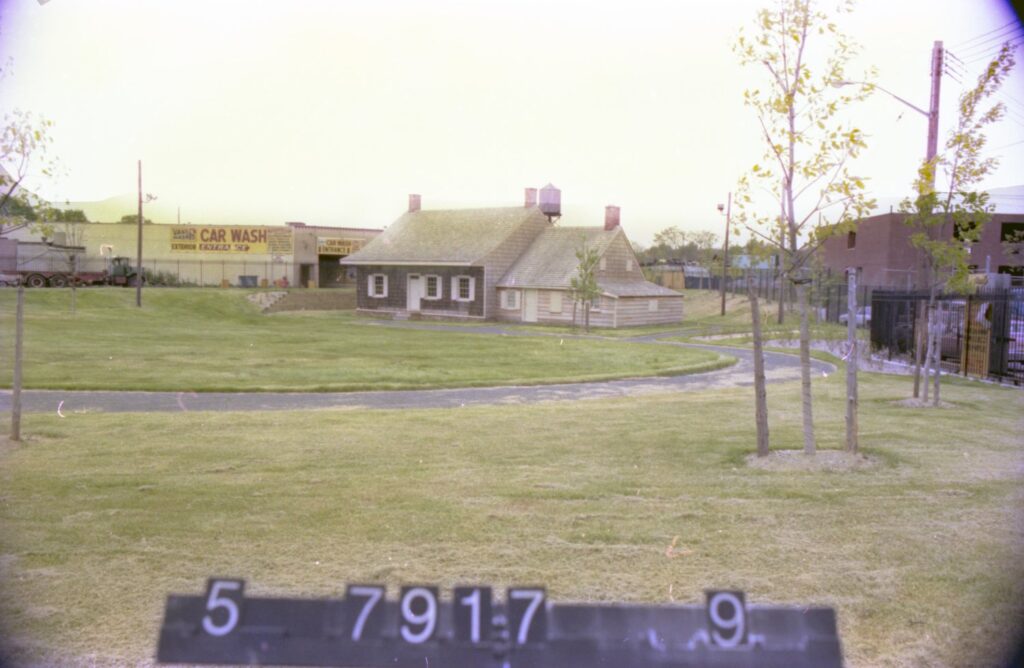This was originally published on the NYC Municipal Archives Blog for the NYC Department of Records & Information Services.
https://www.archives.nyc/blog/2022/8/10/schooling-in-midwout-brooklyn-in-1666
The old adage “you can’t tell a book by its cover” has proven true time and again when describing bound volumes in the Municipal Archives’ collections. Volume no. 1005 for the Town of Flatbush, in the Old Town records collection is a good example. Based on its label, “Liber D – Court Minutes, 1664-1670,” one would expect the contents to record assorted criminal activity, property disputes, and other matters brought before the court. And indeed it does: on August 27, 1666, it describes the case of Constable Eijser, Plaintiff, versus Claes Milles Baes, Defendant. The transcript states that “the Plaintiff says that the Defendant sowed turnip seed on his land on July 12th, the Sabbath.” It further noted, “…the Defendant acknowledges that through carelessness he did sow turnip seed. Asks that the gentleman may be pleased to pardon him.”
Although the outcome of this case was not recorded, other entries continue in this fashion. But, on December 25, 1666, there is an entry that reads: “Conditions and Regulations Regarding School Service” in the Town of Midwout, Kings County. Flatbush, originally called Midwout, was settled as a village by Peter Stuyvesant in 1652. It was located between Breuckelen (Brooklyn) and Amersfoort (Flatlands) with the center of the village at the intersection of modern-day Flatbush and Church Avenues. Prior to its establishment as a village, the first European inhabitants were farmers, who settled there as early as 1645.
The December 1666 entry provides a fascinating glimpse of the school day three and a half centuries ago. It came to light during the digitization of selected volumes in the Old Town collection. Funded by the National Historical Publications and Records Commission (NHPRC), the Municipal Archives has been processing the Old Town collection. This collection is comprised of records created in the villages and towns that were eventually consolidated into the Greater City of New York in 1898. They date to the 1600s and consist of deeds, minutes from town boards and meetings, court records, tax records, license books, enumerations of enslaved people, school-district records, city charters, and information on building sewers, streets and other infrastructure. Recent blogs that have highlighted the collection include Processing the Old Town Records Collection, Dog Licenses in the Old Town Records, The Genealogical Possibilities of Manumissions in the Old Town Records, and Oyster Boards in the Old Town Records.
The December 1666 entry states “The School shall begin at 8 o’clock and end at 11 o’clock: in the afternoon from one to four o’clock. Before the opening of the School the bell is to be rung 3 or 4 times.” Secular learning was not mentioned. the focus was very much a religious one, filled with teachings from the Bible and Holy Scriptures. Split into two parts with a break for a midday meal, the day was filled with religious studies. “At the opening of the School he [the teacher] shall have one of the children read the morning prayer as it stands in the catechism. And school shall close with the prayer before meals. In the afternoon it shall open with the prayer after meals and close with the evening prayer. The evening school shall begin with the prayer of our Lord Jesus Christ and close with a song from the Psalms of Daevidt.”
Locating a capable educator to instruct the children was not the town’s only requirement. The character of the teacher was of importance to the community, too. The type of person to fill the position is similar to what would be asked of a teacher today. “He shall be discreet, temperate and industrious and patient with the children and affable in their instruction.” Certainly, desirable traits.
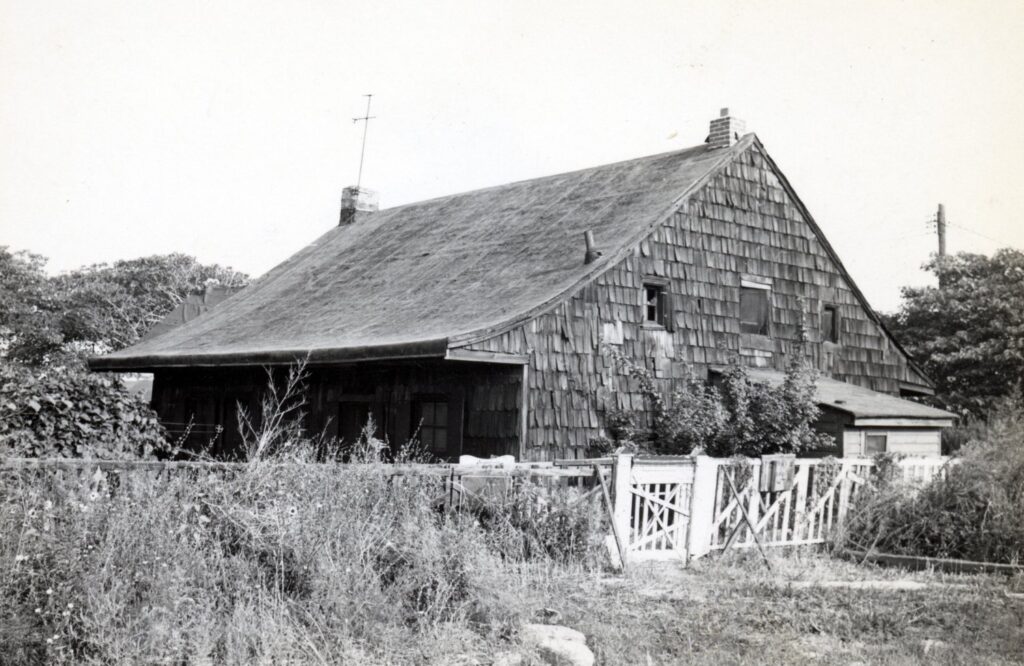
The teacher’s duties included more than educating the children. His other responsibilities involved the larger community that employed him. He was required to “keep the church clean and ring the bell three times before the meeting. Before the sermon he shall read a chapter of the Holy Scriptures, then the Ten Commandments and Creed and then lead in singing. In the absence of the minister he shall read a sermon from an orthodox writer with the prayer from the Catechism, and close with singing.” On a somber note, he was also obliged to “invite the people to funerals and dig the graves and toll the bell.”
Although the Midwout schoolhouse is no longer extant, a nearby building, the Wyckoff House, gives an idea of the appearance of a typical Dutch colonial building. Located about two miles away, this farmhouse is one of the oldest surviving examples of a Dutch frame house in America and it was one of the first structures built by Europeans on Brooklyn/Long Island. It was built in 1652 and is close enough to Midwout/Flatbush that it is possible to imagine that the Wyckoff family may have sent their children to the school mentioned in the Old Town records.
Historic Richmond Town on Staten Island provides another example of early colonial architecture. For many years it was believed that the Voorlezer House, on the Arthur Kill Road, had originally been a schoolhouse, constructed around 1696. The 1940 “tax” photograph of the house includes a sign describing it as “the oldest known elementary school in the U.S. … now being restored.” More recent research, however, has shown this house is not the original structure; more likely it was constructed in the mid-1700s. The original Voorlezer structure, which stood at the same location, was probably lost in the early 1700s.
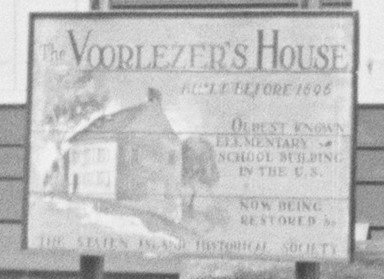
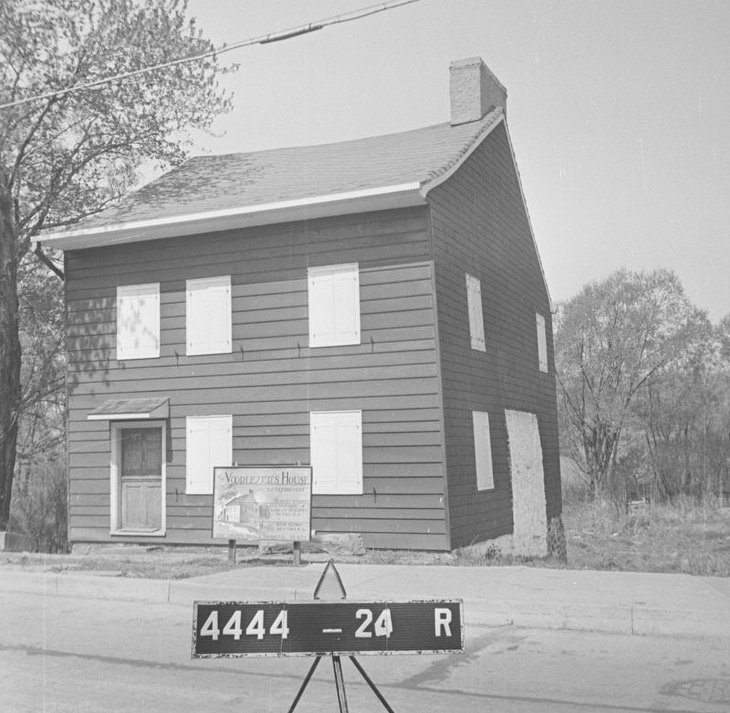
The combination of surviving records and structures may not transport us back to 1666 to experience a school day but they allow the inquisitive to put the pieces together for an accurate peek inside. The ledgers of the Old Town collection are filled with a variety of engrossing information. Look for future blogs that highlight the colorful content.
